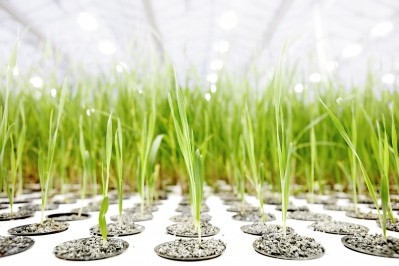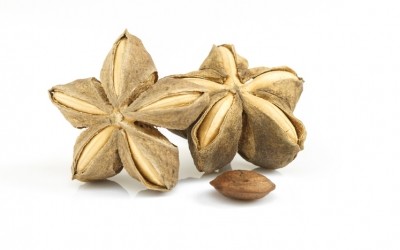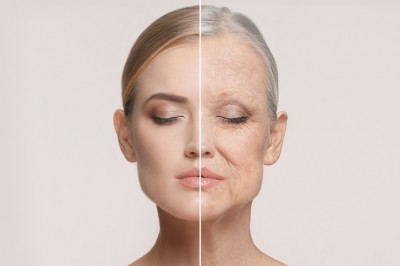Polynesian plants show natural anti-ageing, hair care, skin brightening promise: Study

Writing in the Journal of Ethnopharmacology, a team from French Polynesia and France investigated the properties of plants used as traditional Polynesian cosmetics, assessing their potential for use in modern cosmetic products.
The researchers conducted a literature analysis of plants present in French Polynesia on the Inventory of Existing Cosmetics Ingredients (IECIC) list, selecting “the most interesting plants” based on traditional use in Polynesian cosmetic-related preparations; biogeographical status; phytochemistry of cosmetic interest; and availability and absence from the IUCN Red List of Threatened Species.
Preliminary biochemical screenings were then conducted to determine which plants and plant parts were most active and what cosmetic applications were most relevant, according to the identified traditional uses of them. Specifically, antioxidant and anti-inflammatory activities were tested.
Adding science to tradition
“In French Polynesia, embellishment of the hair and skin is an important cultural and everyday practice. Yet, little research has focused on traditional preparations used for beautification in this region and their potential development as innovative cosmetic ingredients,” the researchers wrote.
“In this present study, we aim to assess and compile the ethnocosmetic potential of plants of French Polynesia to select and further study plants showing the most promise to be developed as anti-ageing, anti-blemish and hair care products.”
Findings identified eleven active plant extracts – from indigenous plants as well as more modern, introduced varieties – with promise to be further studied and potentially developed as cosmetic ingredients in key use areas: anti-ageing, hair growth and skin whitening.
“We focused on cosmetic applications of interest regarding anti-ageing/well-ageing, anti-blemish, hair care, pigmentation and UV-protection as they cover the main cosmetic demands,” the researchers said.
Several extracts ‘stood out’
Of the eleven plants identified, “several extracts stood out for future bioassays and deeper studies”, the researchers said.
Ethyl acetate and aqueous ethanol extracts of F. berteroana fruits and ethyl acetate extracts of B. pilosa and T. purpurea, C. inophyllum extracts and S. orientalis deserved more investigation, they said, given their anti-ageing, hair growth promotion and skin whitening potential.
By contrast, bark extracts of A. moluccanus “should not be considered”, they said, as these extracts were not renewable.
“For the eleven plants, leaves, flowers, fruits and nuts as well as resulting oils are the main constituents of traditional cosmetic-related preparations. They all correspond to renewable plant parts rendering their use less environmentally harmful.”
The researchers said further studies would be necessary to establish “pertinent natural and effective cosmetic ingredients with minimal to no side effects” from those identified.
Focusing on folk cosmetics
The researchers said focusing on “folk cosmetics” was an attractive option when considering new cosmetic ingredient potential, given just 15-20% of the world’s plants had been phytochemically assessed and many countries were rich in plant resources and traditional cosmetic knowledge.
“Preservation of this traditional knowledge of cosmetopoeia and new findings of modern pertinent cosmetic applications of the related plants could be a promising sector of sustainable development and bring new income for these countries,” they said.
Source: Journal of Ethnopharmacology
Published online ahead of print, doi: j.jep.2019.112159
Title: “A selection of eleven plants used as traditional Polynesian cosmetics and their development potential as anti-aging ingredients, hair growth promoters and whitening products”
Authors: K. Hughes, R. Ho, JF. Butaud, E. Filaire, E. Ranouille, JY. Berthon and P. Raharivelomanana























